 W
WThe Annunciation is a painting by the Italian Renaissance painter Filippo Lippi. Dating to 1440-1445, it is housed in the Galleria Nazionale d'Arte Antica of Palazzo Barberini, Rome.
 W
WThe Banquet of a Rich Glutton is a painting completed by the Italian Baroque painter Mattia Preti and housed in the Pinacoteca of the Gallerie Nazionali di Arte Antica in Rome, Italy.
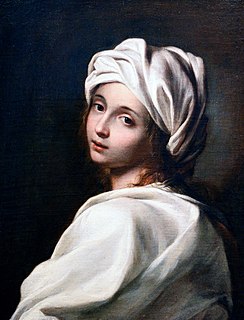 W
WThe Portrait of Beatrice Cenci is a painting attributed to the Italian Baroque painter Guido Reni. It is housed in the Galleria Nazionale d'Arte Antica of Palazzo Barberini, Rome. The painting dealt with a controversial topic of Beatrice Cenci, a woman who was executed by Papal authorities, specifically Pope Clement VIII Aldobrandini.
 W
WAmong the paintings attributed to Giovanni da Rimini are two panels from a former diptych, dated to 1300–1305, of which the left wing is in the collection of the National Gallery, London, and the right that of the Galleria Nazionale d'Arte Antica, Palazzo Barberini, Rome.
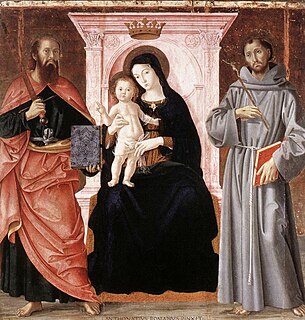 W
WThe Enthroned Madonna and Child with Saints Paul and Francis is a painting by the Italian Renaissance painter Antoniazzo Romano. It was originally the main altarpiece of the church of San Paolo, part of a Franciscan monastery. In the 20th century, it was requisitioned and restored at the request of the art historian Adolfo Venturi, and now is housed in the Galleria Nazionale d'Arte Antica of Palazzo Barberini, Rome.
 W
WThe Enthroned Madonna and Child is a painting by the Italian Renaissance painter Filippo Lippi. It is housed in the Galleria Nazionale d'Arte Antica of Palazzo Barberini, Rome.
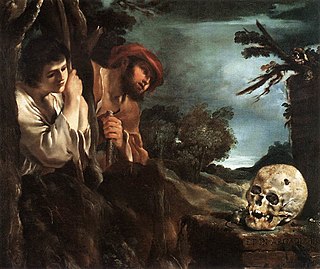 W
WEt in Arcadia ego is a painting by the Italian Baroque artist Giovanni Francesco Barbieri (Guercino), from c. 1618–1622. It is now on display in the Galleria Nazionale d'Arte Antica of Rome.
 W
WThe Portrait of a Young Woman is a painting by the Italian High Renaissance master Raphael, made between 1518 and 1519. It is in the Galleria Nazionale d'Arte Antica in Palazzo Barberini, Rome.
 W
WJudith Beheading Holofernes is a painting of the biblical episode by Caravaggio, painted in c. 1598–1599 or 1602, in which the widow Judith stayed with the Assyrian general Holofernes in his tent after a banquet then decapitated him after he passed out drunk. The painting was rediscovered in 1950 and is part of the collection of the Galleria Nazionale d'Arte Antica in Rome. The exhibition 'Dentro Caravaggio' Palazzo Reale, Milan, suggests a date of 1602 on account of the use of light underlying sketches not seen in Caravaggio's early work but characteristic of his later works. The exhibition catalogue also cites biographer artist Giovanni Baglione's account that the work was commissioned by Genoa banker Ottavio Costa.
 W
WSt Mary Magdalene Reading is a painting by the Italian Renaissance painter Piero di Cosimo. It is housed in the Galleria Nazionale d'Arte Antica of Palazzo Barberini, Rome.
 W
WDamian plays the Harp is a painting by the Italian Baroque painter Giovanni Lanfranco. It is housed in the Galleria Nazionale d'Arte Antica of Palazzo Barberini, Rome.
 W
WMystical Marriage of St Catherine and Saints is an oil painting by Lorenzo Lotto, signed and dated of 1524, now in the Collections of the Galleria Nazionale d'Arte Antica, Rome, Italy.
 W
WNarcissus is a painting by the Italian Baroque master Caravaggio, painted circa 1597–1599. It is housed in the Galleria Nazionale d'Arte Antica in Rome.
 W
WPortable Altarpiece with Pietà and Saints is a 1603 oil on canvas painting by Annibale Carracci in a gold, ebony and copper frame. It is now in the Galleria Nazionale d'Arte Antica in Rome.
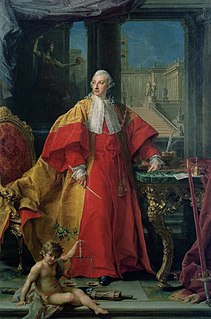 W
WPortrait of Abbondio Rezzonico is an oil on canvas painting by the Italian painter Pompeo Batoni, executed in 1766 and housed in the Pinacoteca of the Galleria Nazionale d'Arte Antica in Rome, Italy.
 W
WPortrait of Henry Peirse is a painting completed by the Italian painter Pompeo Batoni and housed in the Pinacoteca of the Gallerie Nazionali di Arte Antica in Rome, Italy.
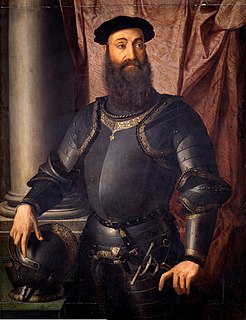 W
WPortrait of Stefano IV Colonna is an oil on canvas painting completed by the Italian Renaissance painter Bronzino and housed in the Pinacoteca of the Gallerie Nazionali di Arte Antica in Rome, Italy.
 W
WSaint Francis in Prayer is a painting from the Italian master Caravaggio, in the Galleria Nazionale d'Arte Antica in Rome.
 W
WTorture of Prometheus is an oil painting by Salvator Rosa, an Italian Baroque painter active in Naples and Rome.
 W
WA composition of Venus and Adonis by the Venetian Renaissance artist Titian has been painted a number of times, by Titian himself, by his studio assistants and by others. In all there are some thirty versions that may date from the 16th century, the nudity of Venus undoubtedly accounting for this popularity. It is unclear which of the surviving versions, if any, is the original or prime version, and a matter of debate how much involvement Titian himself had with surviving versions. There is a precise date for only one version, that in the Prado in Madrid, which is documented in correspondence between Titian and Philip II of Spain in 1554. However, this appears to be a later repetition of a composition first painted a considerable time earlier, possibly as early as the 1520s.